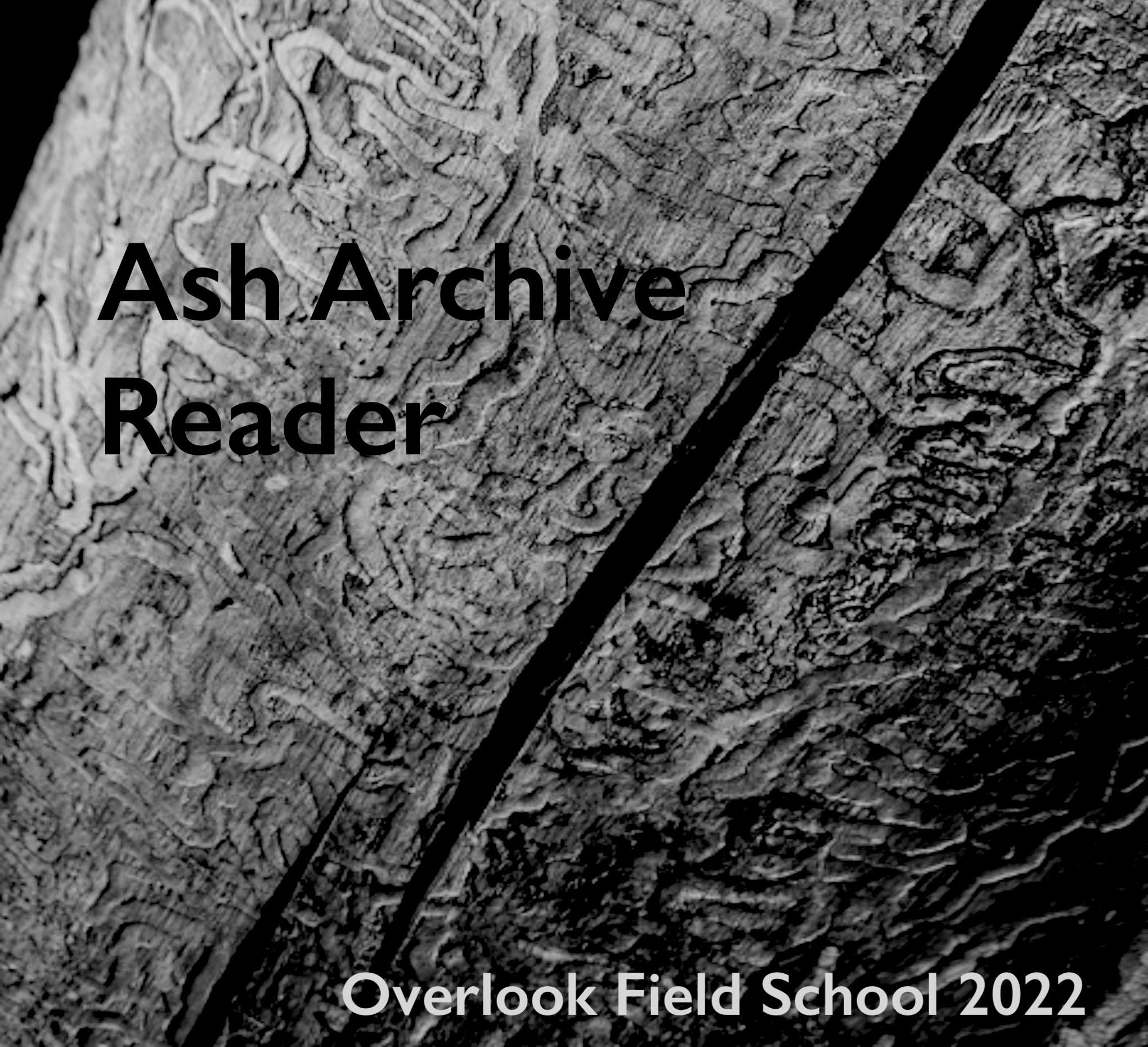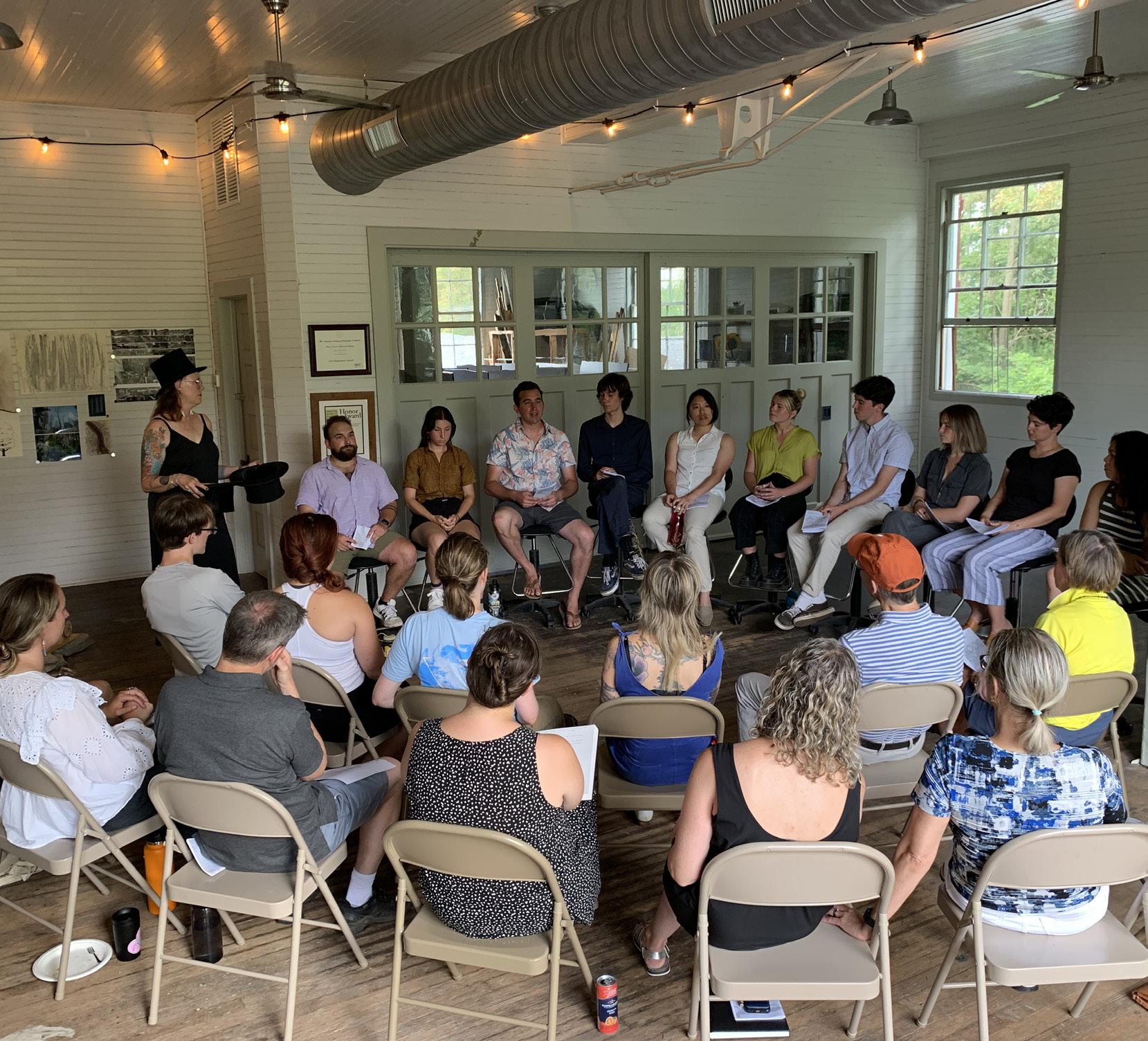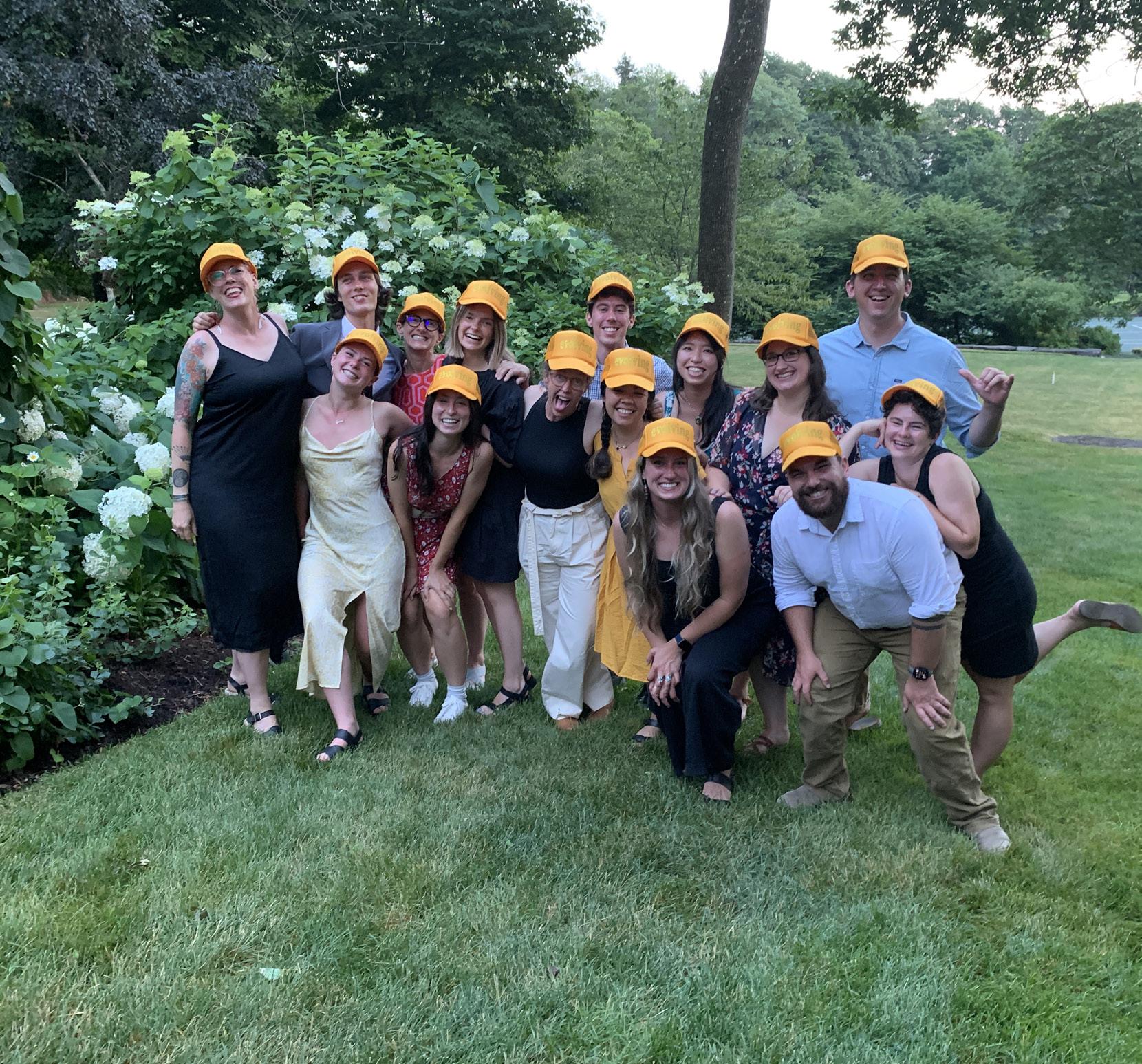TRANSPECIES DESIGN



2022 Overlook Field School explored Transpecies Design through an investigation of tools; not hammers, tractors, and scythes, but noses, eyes, ears, and souls. We embraced the reality that we are constantly translating signals - not only the vibration of sound and light waves of color, but also the fleeting nature of life and the urgency of survival.
We embraced our emotional knowledge and cultural values to explore non-human futures. We allowed for grief and complexity and conflict and ugliness, along with huge quantities of beauty and joy and laughter. We sought ways to sense non-human communities, their bonds and beings, without projecting human desire and design.
Resident Artist Instructor : Nina Elder
Field Assistants: Kennedy Rauh Celia Hensey
Field School Coordinator: Nancy Silvers
Overlook Field School Program Director: Liska Chan
Field School Participants:
Phoebe Chuang, Holly Phares, Tristan Matlock, Grace Youngblood, Madison Sanders, Jake Brostis, Candi Rosario, Peter Olson, Tressa Cummings, Evan Kwiecien


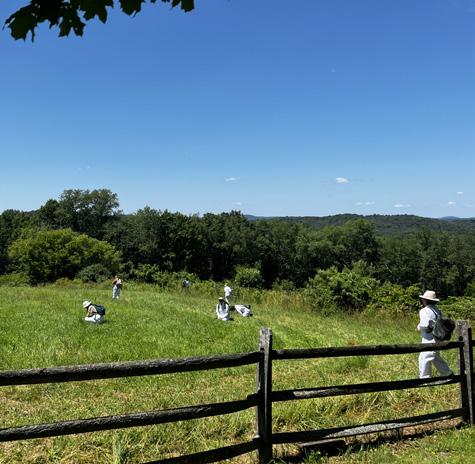
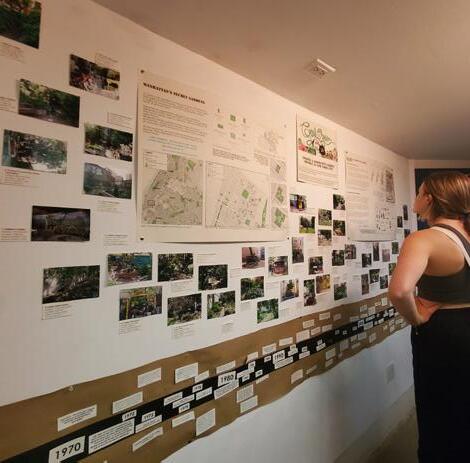

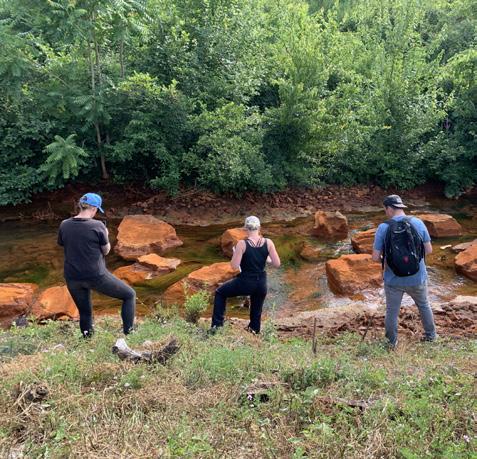

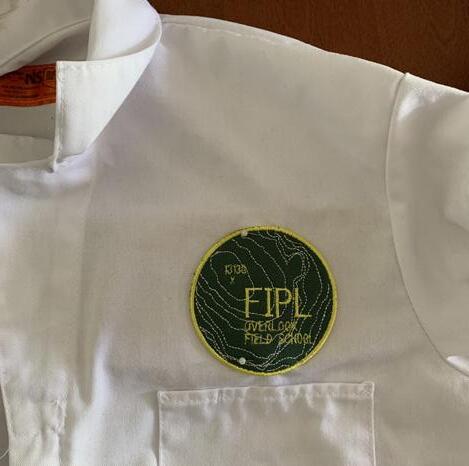
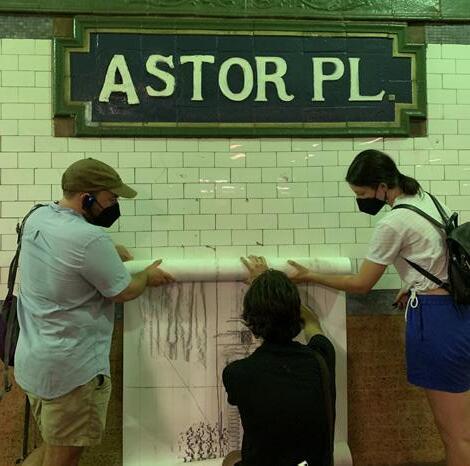
Through a month-long investigation, we learned from grasses, fawns, coal veins, and rivers about how they respond to dynamics in the environment, shift often, seek comfort, and change. We centered personal knowing, constantly interrogated our desire to label things, cite data, and prioritize others’ expertise over our experience. We moved beyond what we can read, recite, and be tested upon, and into a place of where we can know with our bodies.

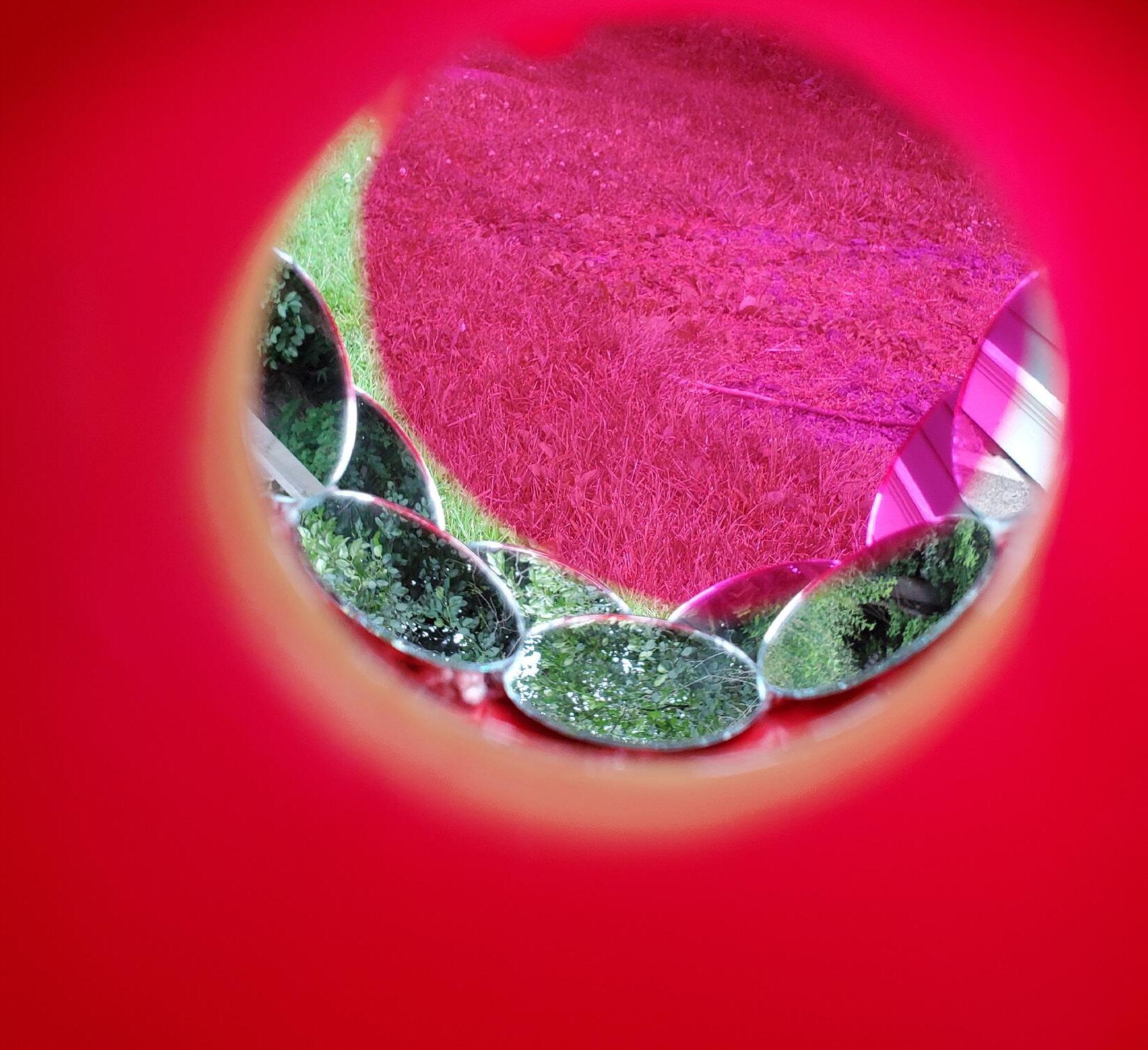

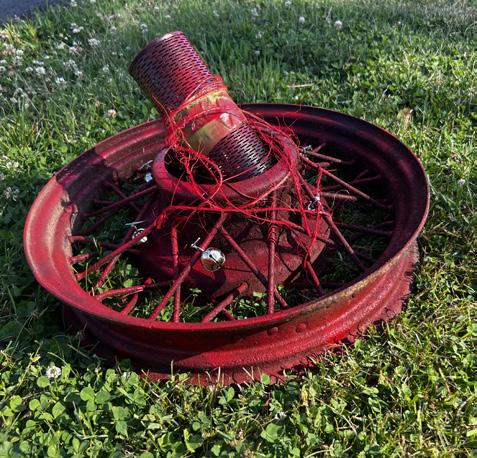

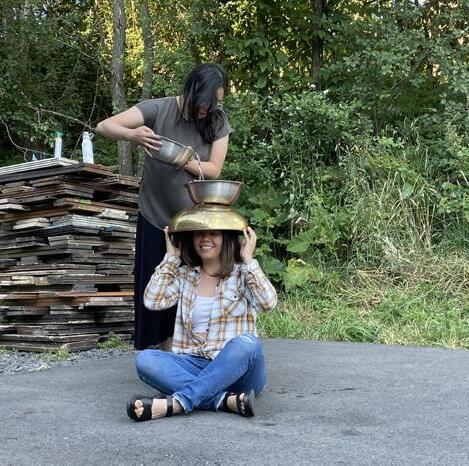



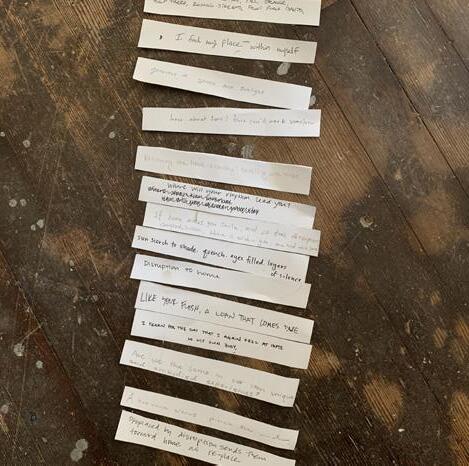

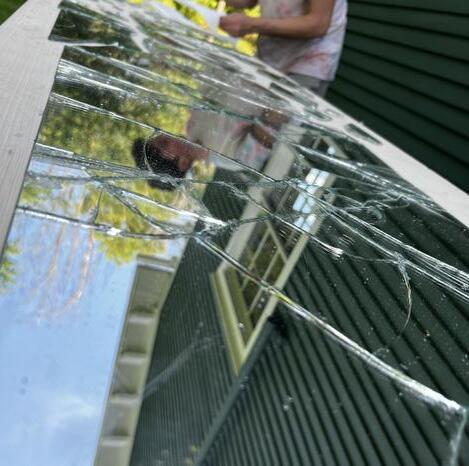
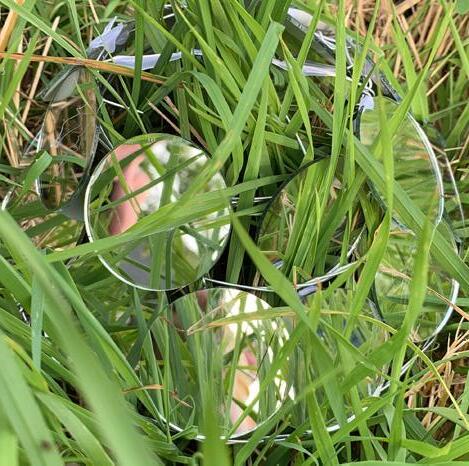
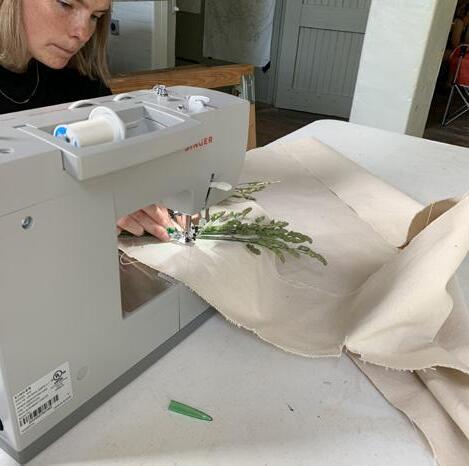
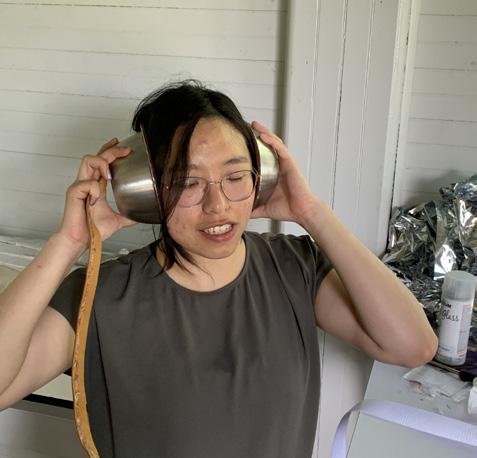



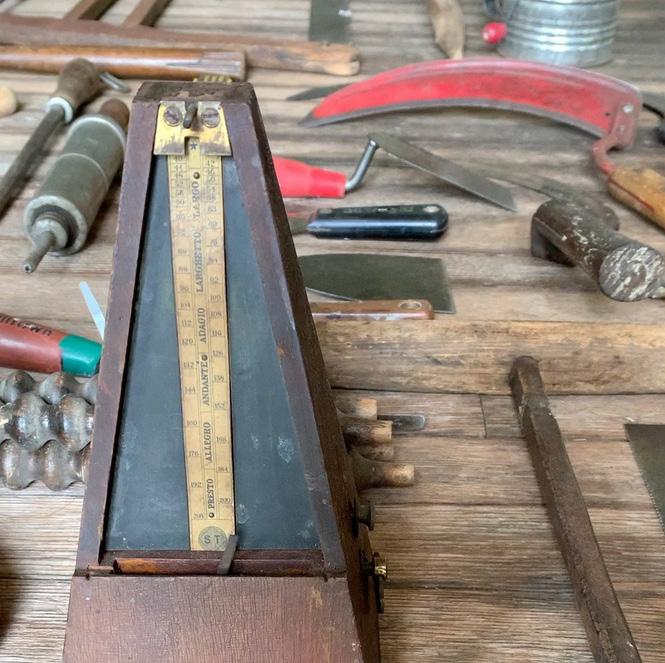
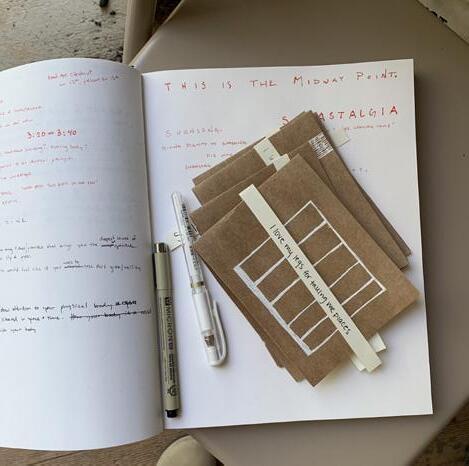
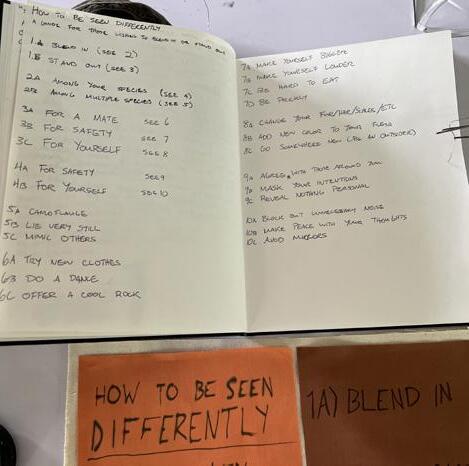
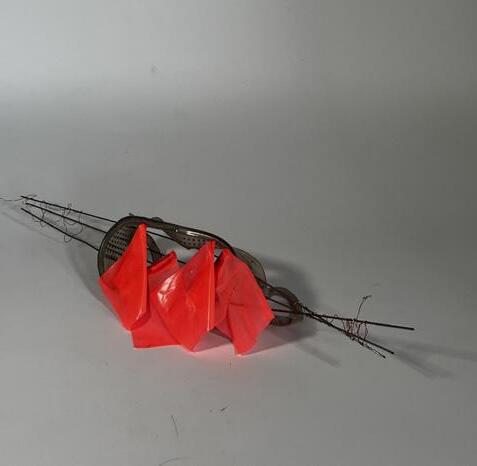



How might we see with other parts of our bodies? With our elbows, with our knee caps, through our fingertips? How do we expand our “visual field” and move beyond the messages we are processing through our human eyes? And how might we be seen by other than human species?


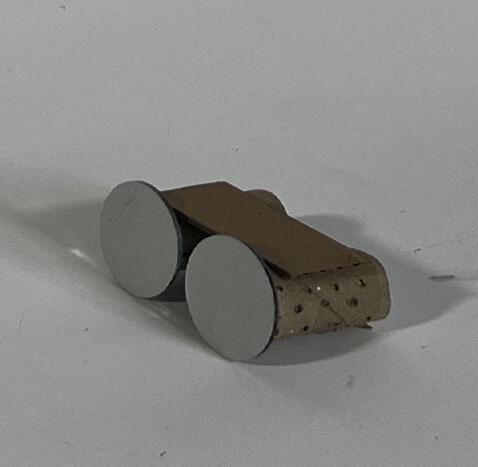
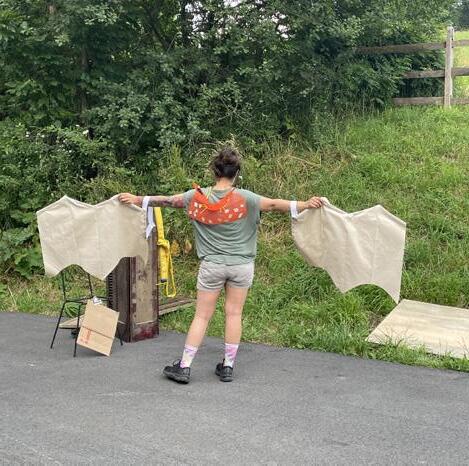
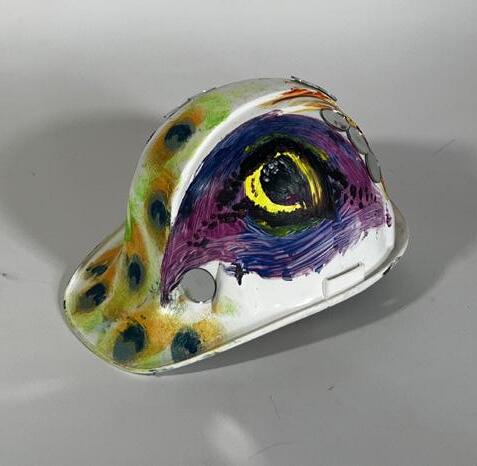

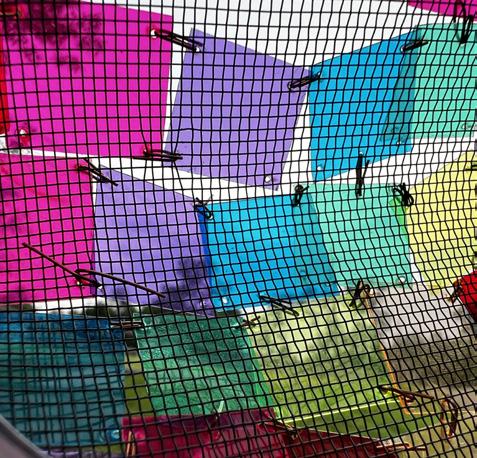
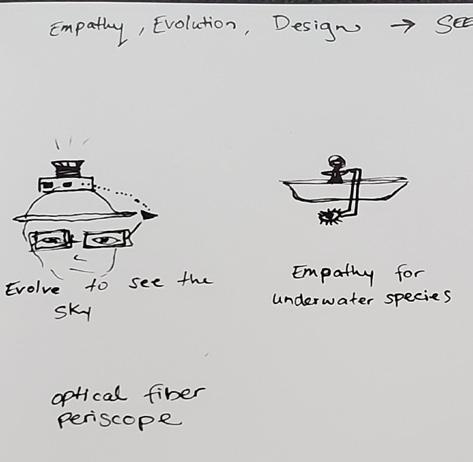
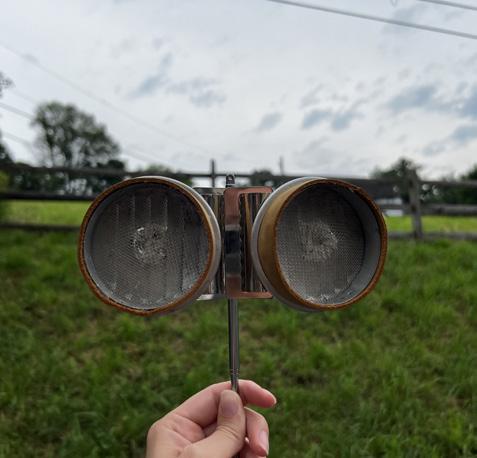
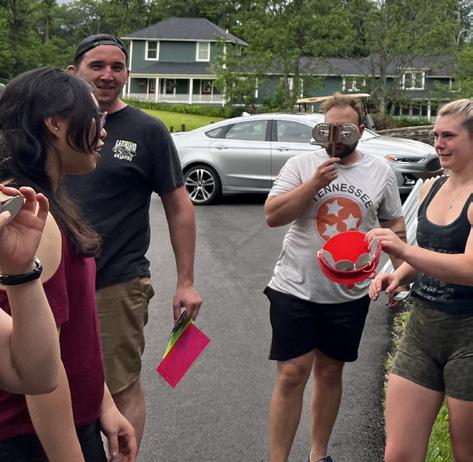
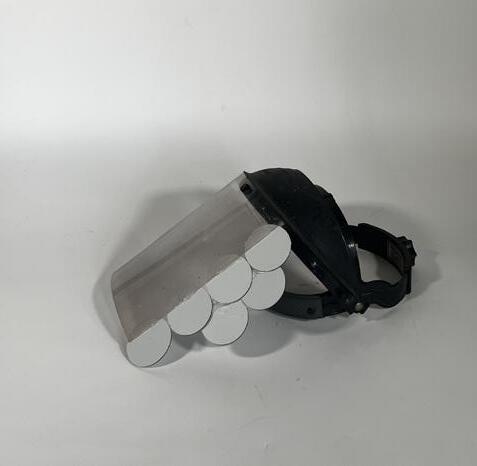
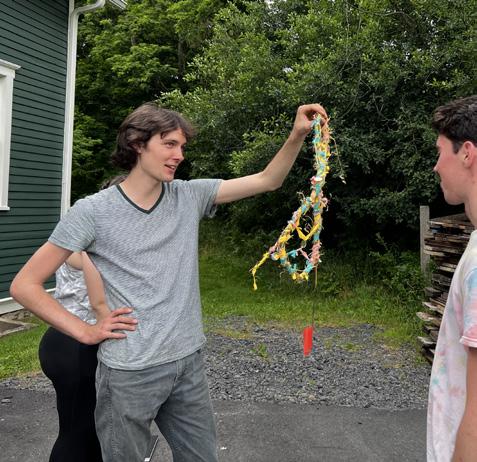

There are waves and vibrations moving through the spaces all around us, within and without our decibel range. There is a resonance we are responding to, knowingly and not. How might we consider forms of communication beyond language? How do we listen deeply with our whole bodies?




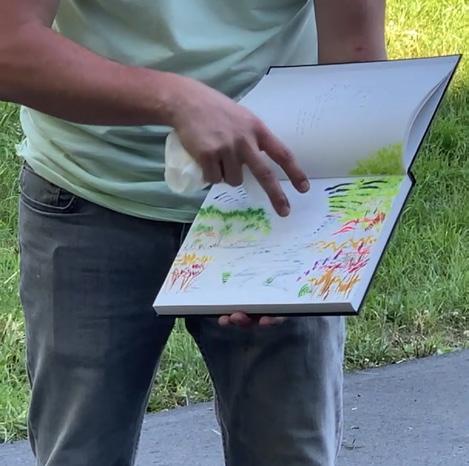
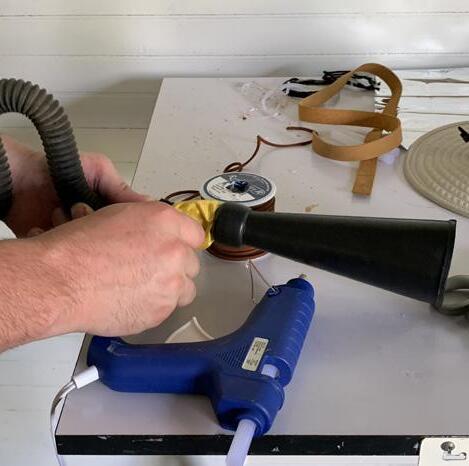


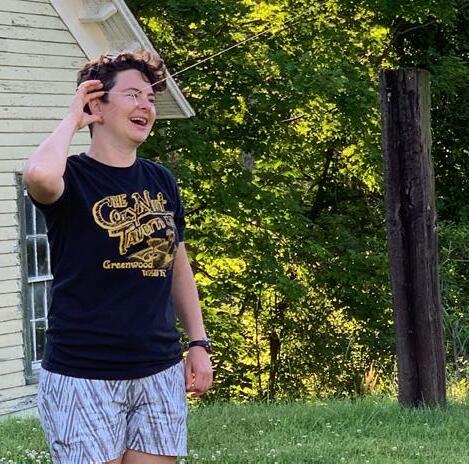

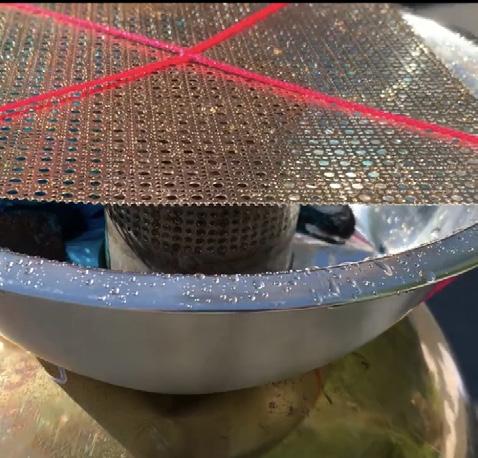


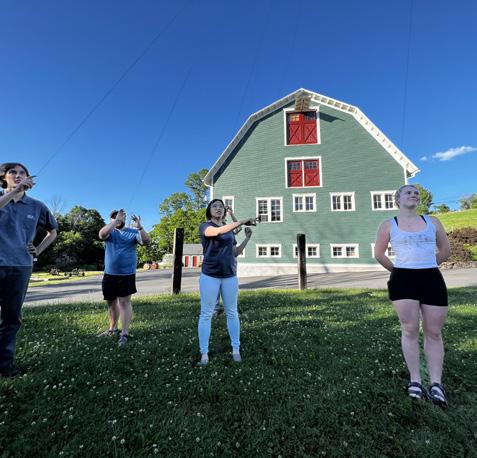
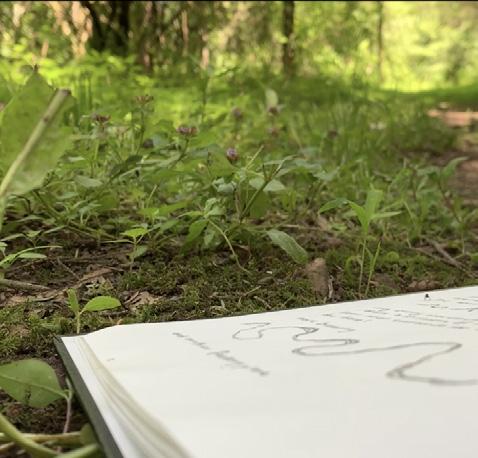


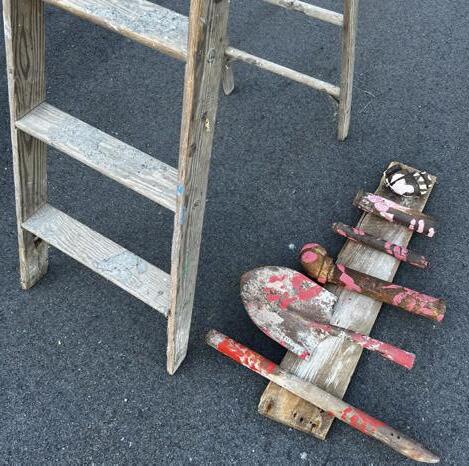
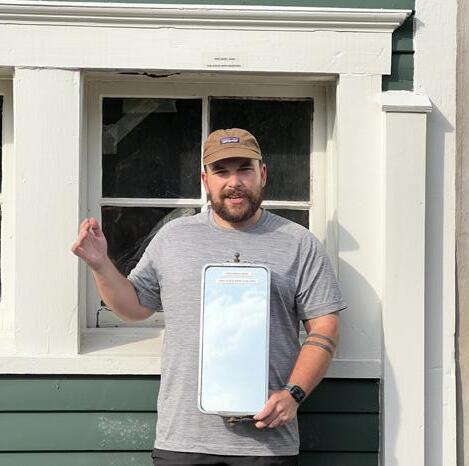

How does shelter provide protection and what is the shelter protecting? What needs protection? What symbiotic relationships might emerge from this sheltering and providing protection? Through an exploration of scales, materials, and ideas, we stepped out of human-centered concepts of shelter to embrace alternative opportunities for refuge.
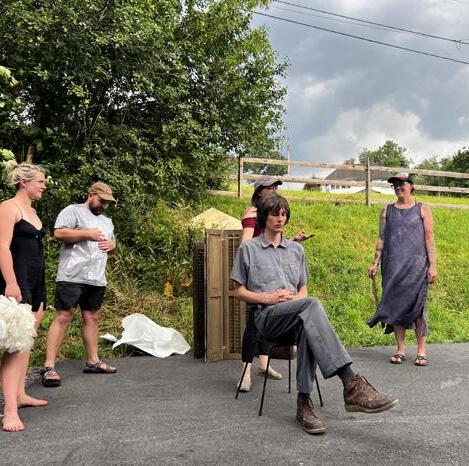
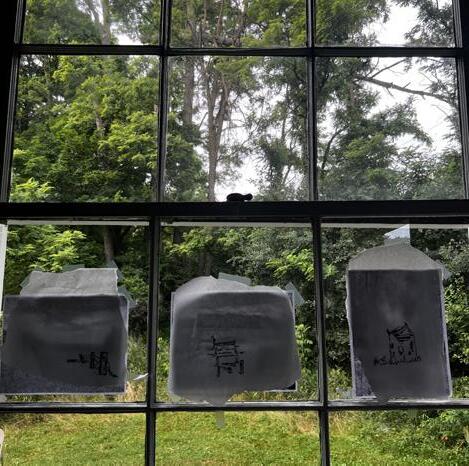



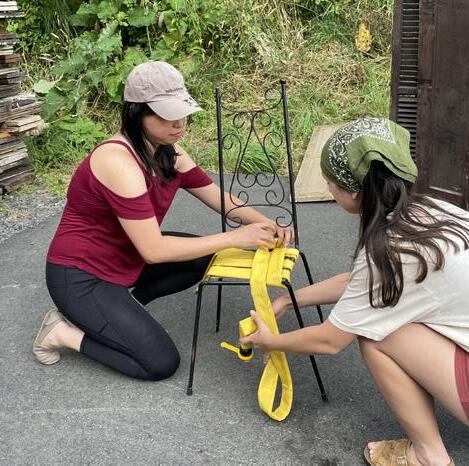
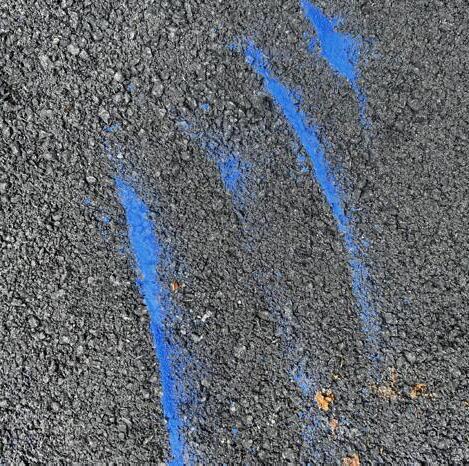
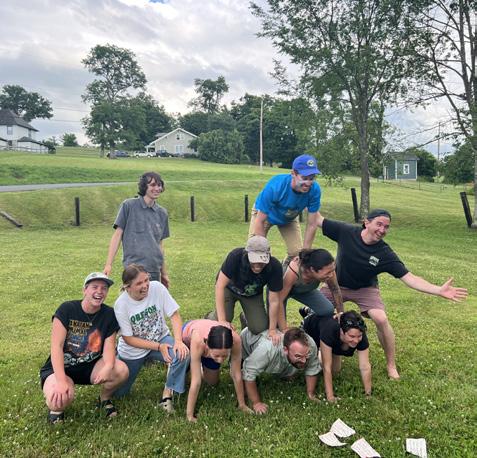




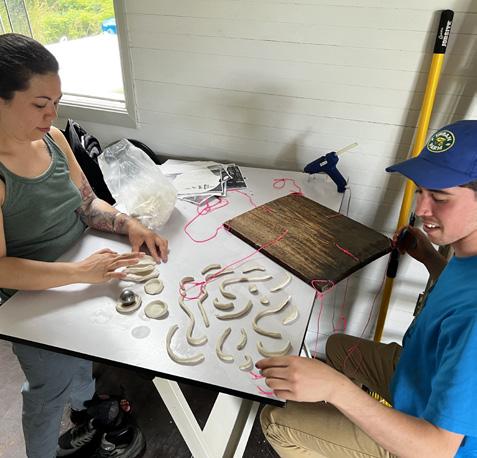


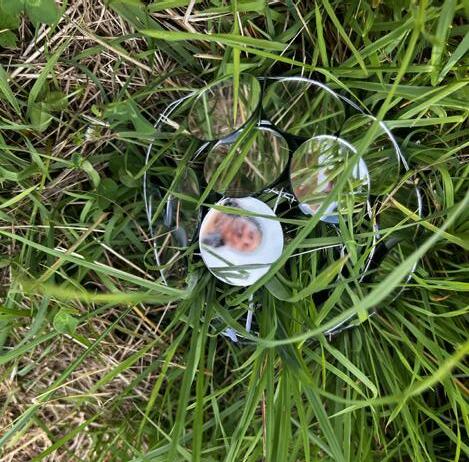
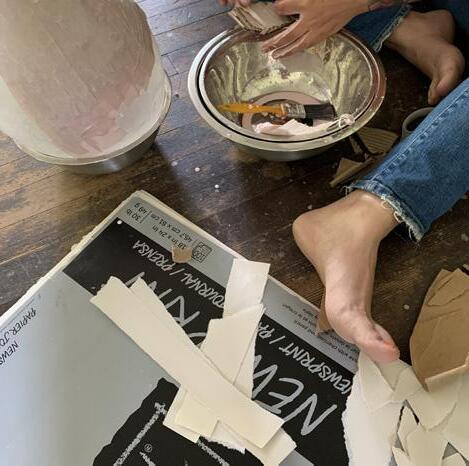
As humans, we generally consider smelling as a perception of odors through our noses, or olfactory nerves. But what if we leaned into a more informal definition of smelling, to be aware of a situation without having to be told about it? What if we considered the memory, relationship, and environment of the source of the aroma? What stories would be told?
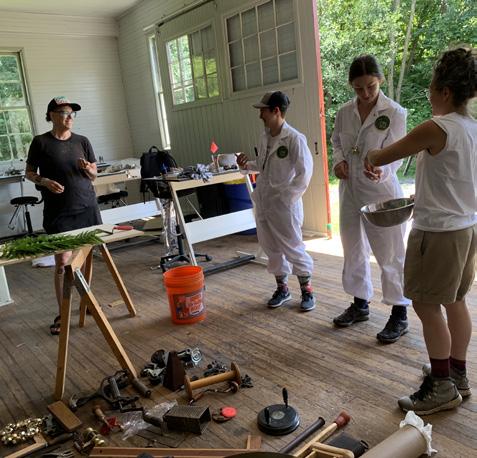

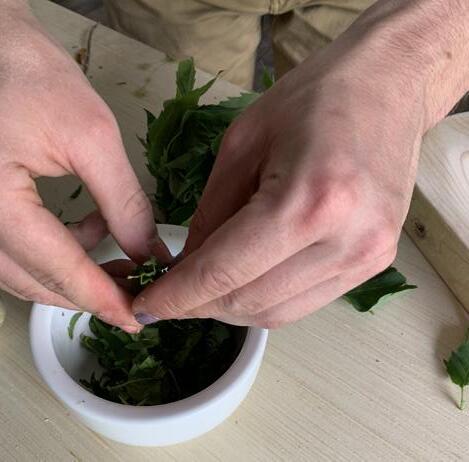
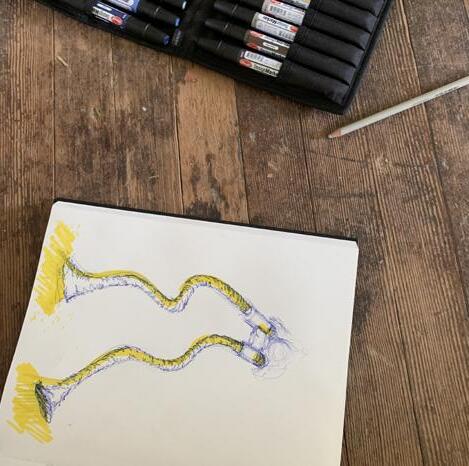



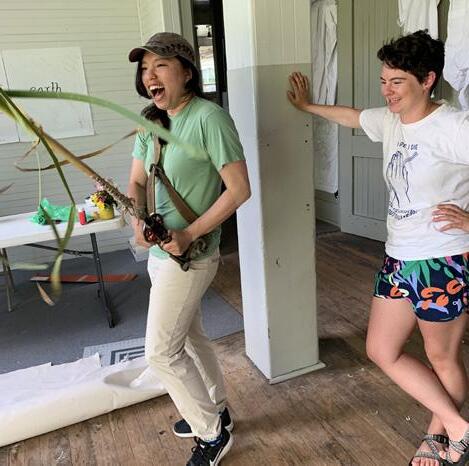
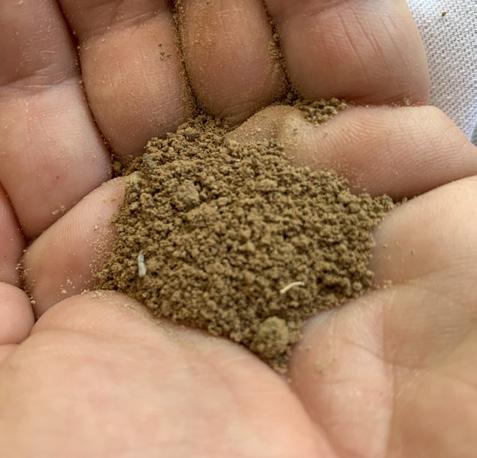
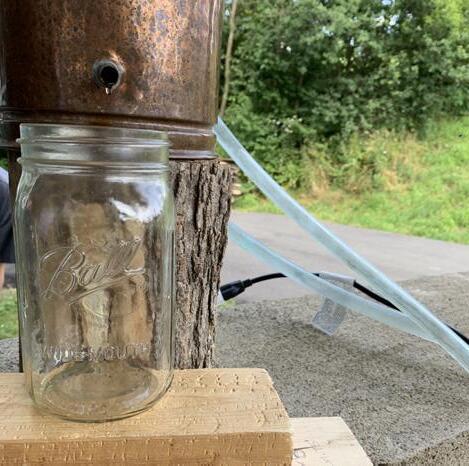

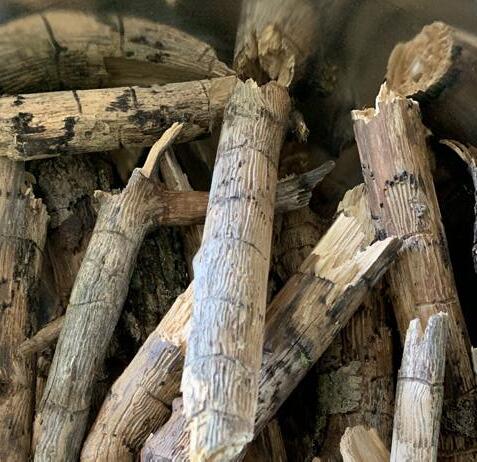






Each student contributed at least 5 objects. Each contribution had to explore a sense; sight, sound, taste, smell, touch, or spirituality. One contribution had to be an unmodified natural object



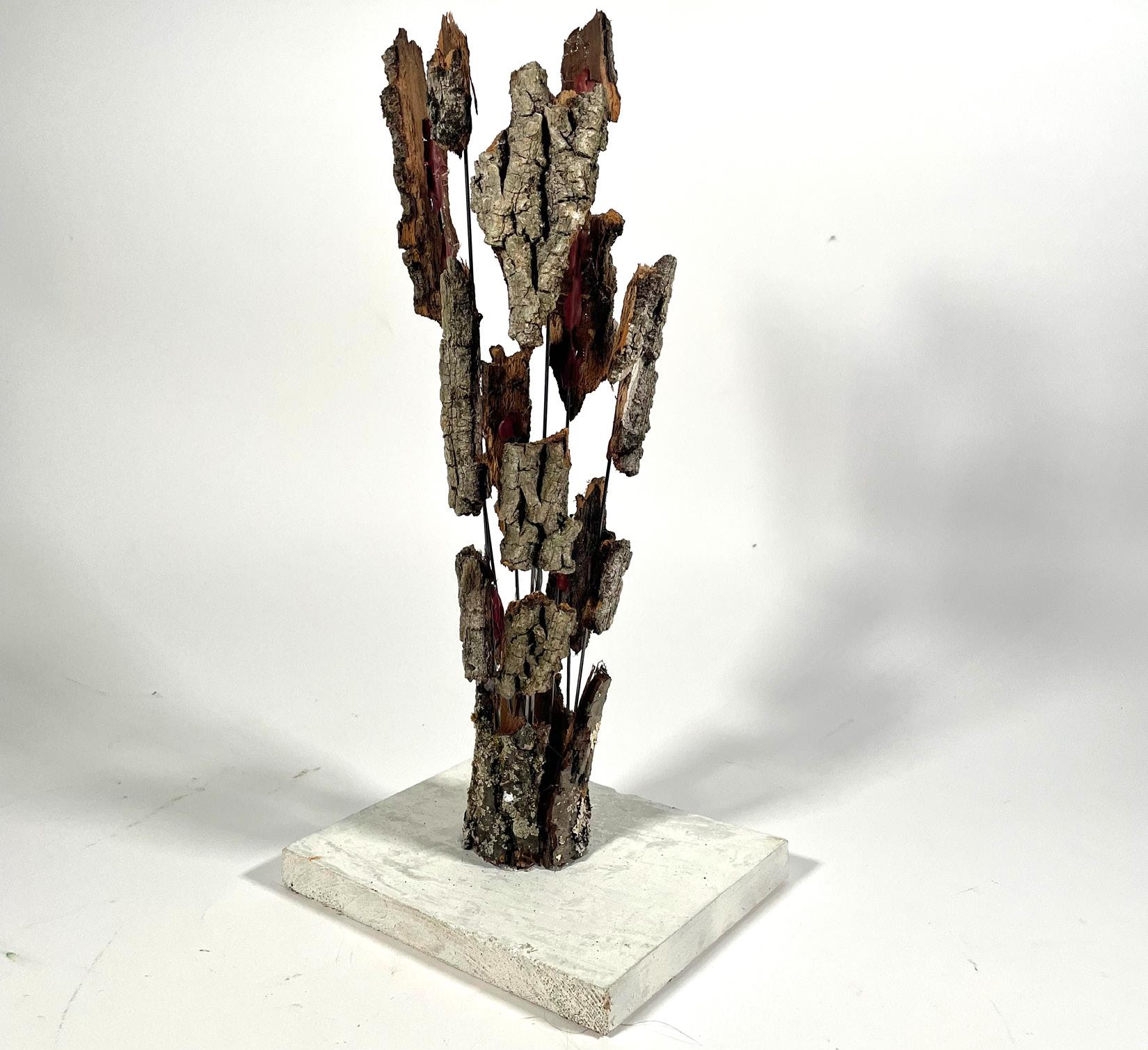


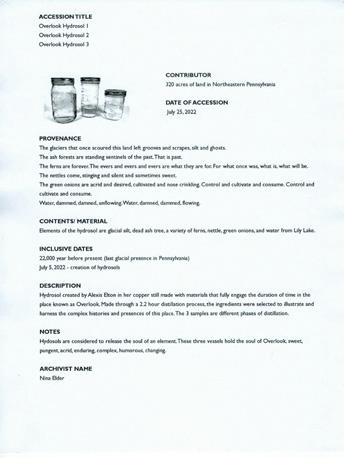

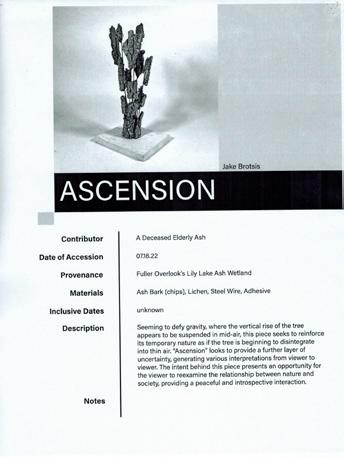
Each student contributed an accession note to accompany each contribution to the archive. These notes were an opportunity for the contributor to express a personal, subjective, and creative multispecies description.

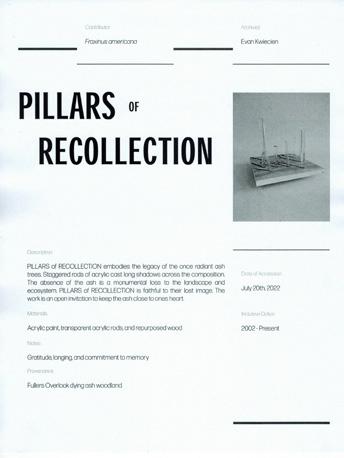
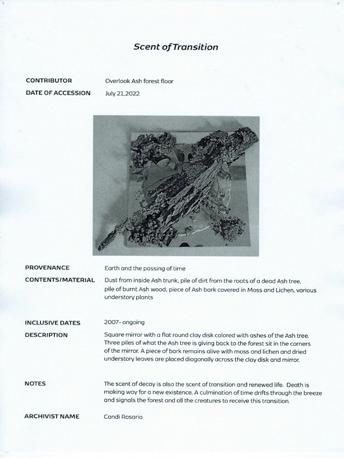
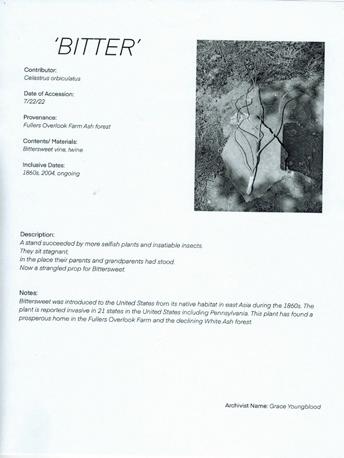

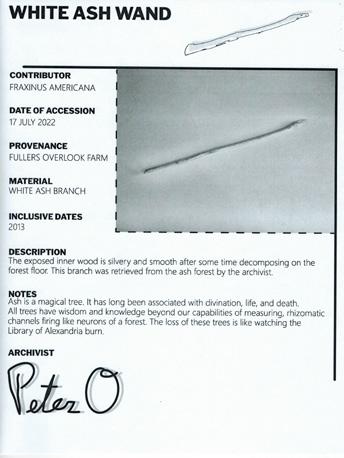

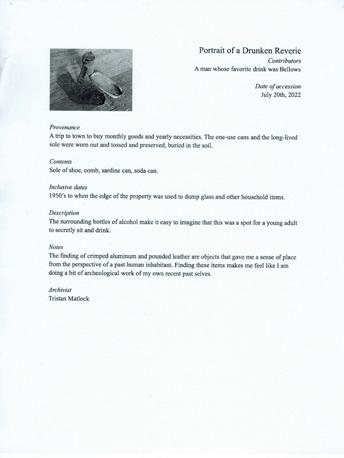

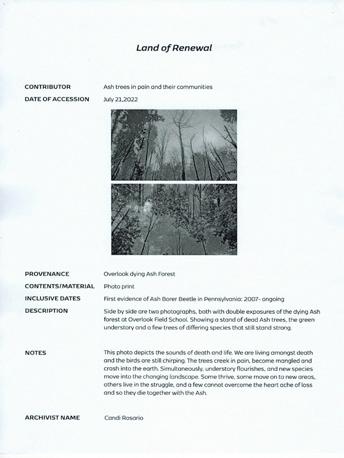


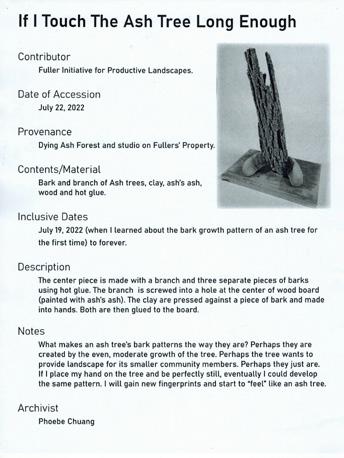




Every place is evidence of transformation, loss, resilience, and renewal. Every thing is a legacy of disruption and creation. Every moment constitutes equal parts undoing and emergence. This book is intended to help you connect to change.
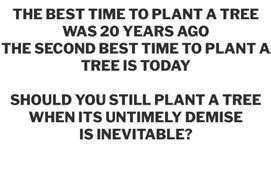
Through exercises, prompts, and invitations that can be done by anyone, anywhere, this is a field guide to your dynamic environment.

This workbook is inspired by Overlook, a Northeastern Pennsylvania landscape owned by the Fuller family. This place expresses its enduring truths through railroad tracks, deer paths, coal veins, glacial scrapes, bird songs, meadow blossoms, and tractor furrows. These elements ask to be seen closely, heard patiently, inhaled deeply,
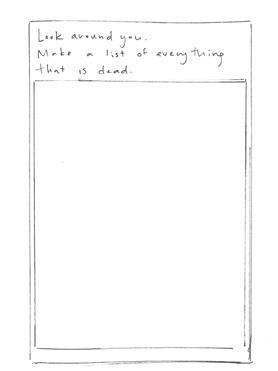
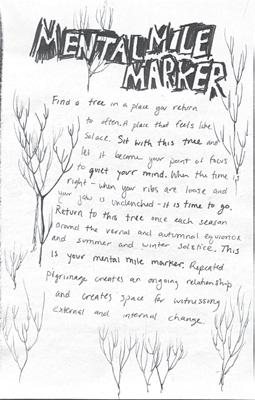








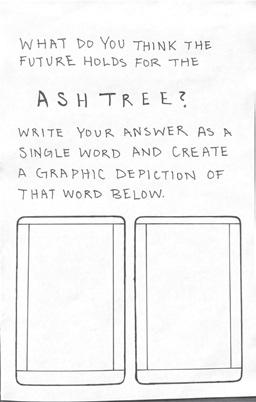
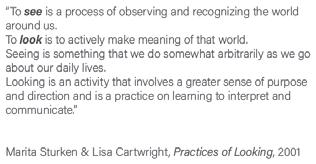


A casual compendium of information that informs the contribution to the archive. Unlike other collections of museological research documents, this reader prioritizes sensory information, bodily experience, and poetic exploration.
